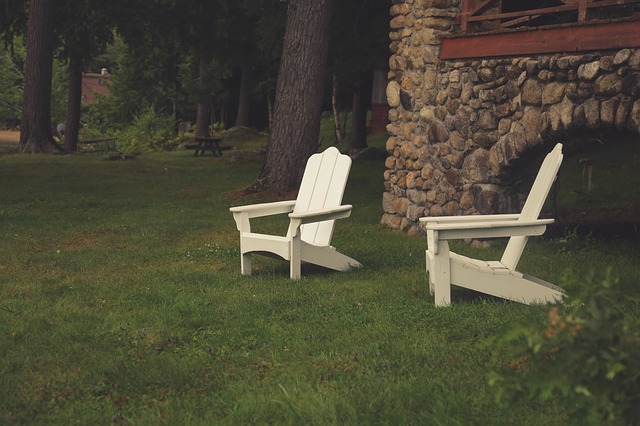This article will cover how to landscape around sand mound systems. The challenge of landscaping any lawn is always a high priority in any homeowner’s book. The appearance of the lawn determines the kind of person the homeowner really is. Specific attention needs to be given to a sand mound system because it is for properties with soil that percolate too quickly or too slowly. It is a mound because it is elevated above the surface of the soil. The elevation is needed to allow the filters to work. The additional filters allow better wastewater treatment. It may seem problematic to landscape around a sand mound system because it can be an eyesore but it can be done as long as you acquire the guidance and the help of your landscape architect and local arborist. The sand mound system is your private wastewater treatment system when you do not have access to the municipal sewage system. It should receive the ultimate regard whenever you think of altering your lawn.
Just like your conventional septic system, you have to make sure that you take good care of your sand mound system. Knowing how to landscape around sand mound systems is one of the ways you could take good care of it. Below are some of the things you have to know when it comes to beautifying the area near your sand mound:
- Find out what part of your lawn has yours sand mound system. If you just bought the property, you should find out a blueprint of your sand mound system from the development office in your county so that you could see the hidden components as well. If you are fortunate enough to decide where the sand mound system should be, consult your landscape artist and arborist about it. A sand mound is easy to locate but you have to be accurate with the location of its buried components. You have to know where the sand mound system is so that you could have easy access to it when you want it maintained.
- Plant small, herbaceous plants over your sand mound. Choose low-priced grass and vegetation so that you won’t have a broken heart every time they get damaged during maintenance.
- Never plant trees over or near your sand mound system. These plants have invasive root systems that search for regular sources of water and nutrients. They could easily reach into your sand mound tank, filters, and soil absorption system to get what they need.
- Exercise creativity in disguising access points to your sand mound system. You can use shrubs, bird feeders, or planter boxes to do this. Your personal taste will rule in this area.
- Do not transform your soil absorption area into a parking space, a storage space, or driveway. The heavy weight of vehicles and structures will cause soil compaction. If you need to pass over the soil absorption area, use track boards so that weight can be distributed evenly.
- Avoid leaving large animals to graze on your lawn. They will strip the sand mound of grass that protects it from getting too saturated by water.
- See to it that you also don’t remove the top soil placed over your sand mound.
- Never plant a garden over your sand mound system, too much water will enter it when you water the plants.
- If you are considering trees, make sure that they are planted at least 25 to 50 feet from your sand mound system. Do not choose alder, widow trees, cedars, and poplars. If ever you already have trees near your sand mound system, work with an arborist to help you designate a location for replanting the trees.
- Do not place a pool over your sand mound system’s soil absorption area.
Make sure that you consult your septic expert and landscape architect for the item or plants that you want to incorporate into your landscaping design. Doing so will help you have a better-looking yard and a longer-lasting sand mound system.
